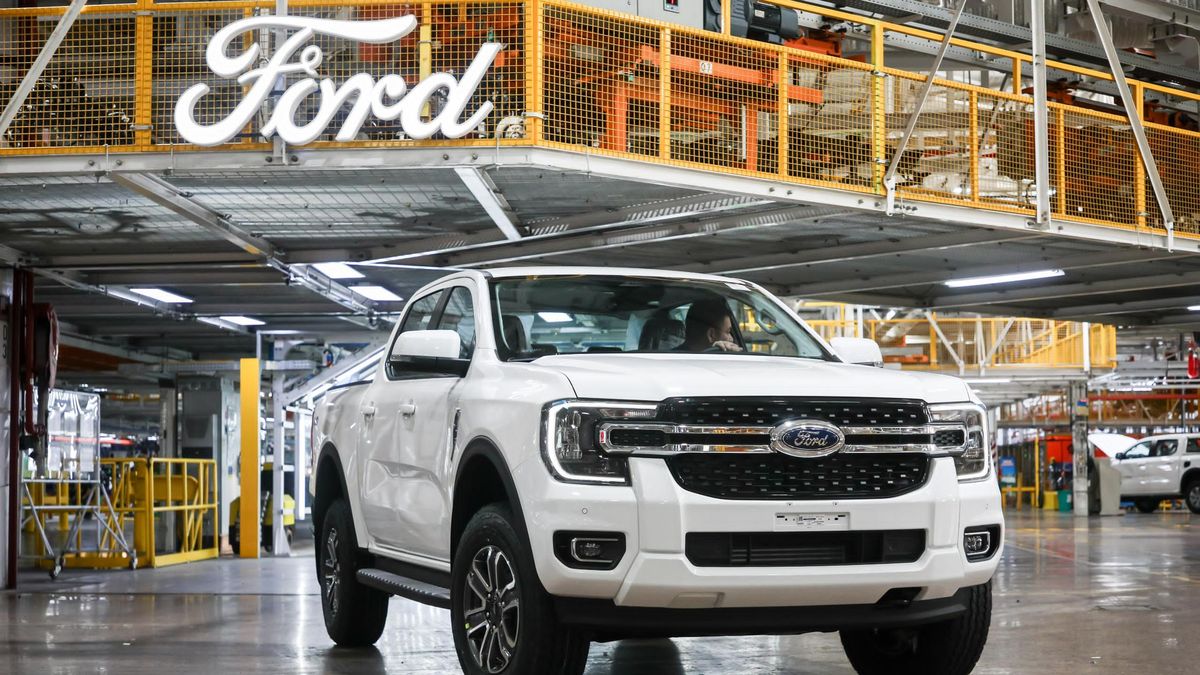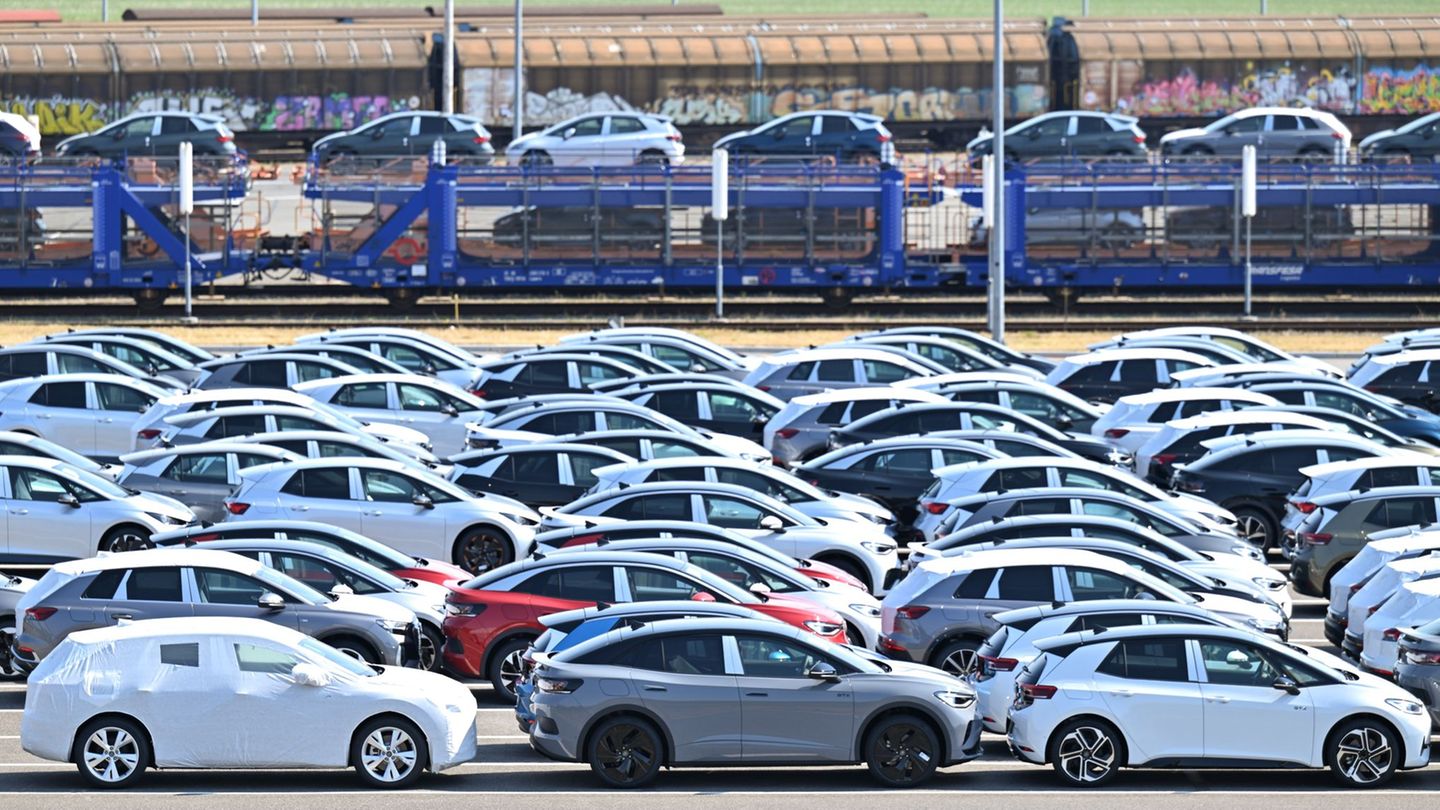As part of this increase in production, Ford will incorporate more than 160 direct collaborators at the Pacheco plant.
The New Ranger It is manufactured at the Ford plant in Pacheco, Argentina, the result of an investment of US$660 million.
The automaker’s prospects are favorable and with a lot of data. For example, in terms of production, they currently end 2024 with a daily production of about 305 units. They will increase to 320 starting next year.
But the automaker already has plans to increase the production rate to 350 in the medium term. The problem is that to reach that goal, according to an internal study, several of the suppliers will have to make investments because with 320 pickups by 2025 they are working at maximum capacity without new investments.
On the side of the Ford Transitwhich is assembled in Uruguay, ends the year with lower production than initially projected. The goal was to make about 5,000 units, but the final number will be 3,600. The good thing is that by 2025 they estimate there will be more than 6,000 utility vehicles.
The big focus is on the SUV Everest and its possible sale in the local market.
In a meeting yesterday with suppliers, dealerships and company personnel, for the end of the year, the president of Ford, Martín Galdeano announced that they are going to start selling this model in the region (includes Argentina)which is the bodied variant of the Ranger. Some say it is imminent.
It is currently manufactured in Thailand and the executive explained that it will arrive imported and, when asked by one of the event participants, he clarified that it will not be manufactured in Argentina.
Several of those present left the dinner with the feeling that No. 1 did not want to show the whole game, so they did not rule out that, at some point, he might settle industrially in the country. He also acknowledged that there are a couple of units of that model at the Pacheco plant. “We are analyzing it,” he said.
At the same meeting, Galdeano joined the warnings being made by classic automotive companies based in the region due to the advancement of Chinese brands.
He said that traditional automotive companies – especially those that have a predominance of a single brand – must prepare to compete strongly with the offer of companies from that country.
In this context, the manager – who is president of Ford South America – said that he raised his concerns about this issue with President “Lula” Da Silva.
Brazil is receiving important investments from automotive of the Asian nation. In that sense, Galdeano explained that the competition is healthy, but that the countries in the region, in this case Brazil, have to do something to level the playing field.
Galdeano dedicated a lot of time to the subject and showed filmstrips. One, in particular, asked where the global automotive market is going and divided the companies into two large groups. On the one hand, classic brands such as Hyundai, GM, Renault, Mitsubishi, Toyota, Nissan and Volkswagen (obviously, that group is Ford) and, on the other hand, Chinese brands such as BYD, Chery, Omoda, Jaecoo, GAC Motor, GWM and Neta
In the middle, there was Stellantis, which he referred to as a group with many brands that differs from the other classics.
Source: Ambito
I am an author and journalist who has worked in the entertainment industry for over a decade. I currently work as a news editor at a major news website, and my focus is on covering the latest trends in entertainment. I also write occasional pieces for other outlets, and have authored two books about the entertainment industry.




